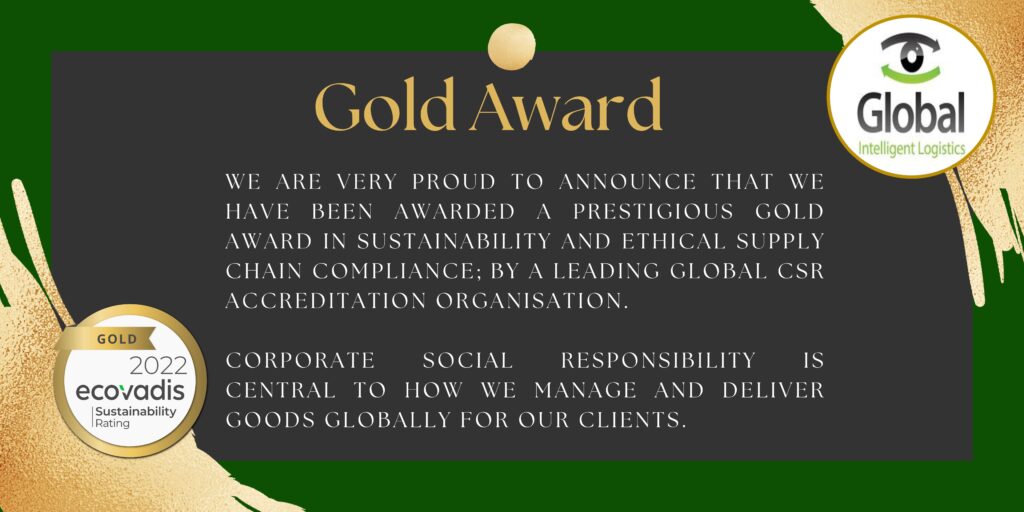Sustainability
- Home
- Sustainability
Green Logistics
Strategies for Eco-Friendly Delivery

There are lots of misunderstandings that exist in the transportation and logistics industry.
- One of the typical concerns is that the huge amount of waste and pollutants generated during transportation causes harmful impacts on the environment.
- Undoubtedly, the high variability, dispersion and complexity of international logistics all have increased the difficulties of formulating sustainable strategies.
- Green logistics is more than a talking point nowadays because consumers are more preferring companies and merchants who strive to lessen their negative environmental effects.
- 57% of consumers are willing to alter their eCommerce purchasing patterns to lessen their impact on the environment, according to an IBM Research Insights survey.
- To fulfil these new demands, businesses are changing their supply chains and logistics frameworks.
- As more CEOs prioritise sustainability higher in their company priorities, that transformation is gradually taking place.
- Green logistics includes the carbon footprint of the supply chain, dealing with carbon emissions from waste management and waste disposal, packaging, recycling, reducing energy consumption, etc.
- Between different national and global entities encouraging or enforcing more sustainability among companies, and more consumers prioritizing green consumption, more companies are pledging zero-net targets in an effort to go as green as possible.

How can we make our logistics sustainable ?
There are four common main initiatives to achieve “green logistics”:
- We select sustainable transport methods and energy sources.
- We choose sustainable suppliers to match your environmental standards.
- We tries to improve the utilization of space and minimize scrapped products due to damages during freight.
- We exchange traditional packaging to sustainable packaging.
Before addressing any of these initiatives, our company must know the footprint left by the company’s logistical activities. With knowledge of the level of pollution that needs to be reduced, it’s possible to find alternatives that removes or lowers it. One of the easiest first steps to take is to shift the transport method for your goods from air shipment to sea or train freight. Shipping goods in large container vessels emits only 0.7% of the emissions of an air shipment.
Let’s take a look at an example. A shipment of a 20 ft container with 10 tons of goods from Shanghai to Long Beach (CA, US) generates 320 kg CO2. The same 10 tons of goods shipped by air would generate 45,5 tonnes CO2, 142 times more. The following chart shows a comparison of typical CO2 emissions between modes of transport in grams of CO2 per tonne of goods per km.

GOLD AWARD 2022
by
ECOVADIS





One of leading transportation and logistics providers over the world
Contact Us
Say in touch
Subscribe to receive our latest offers and news via your email address
© 2023 Global Intelligent Logistics, All Rights Reserved

